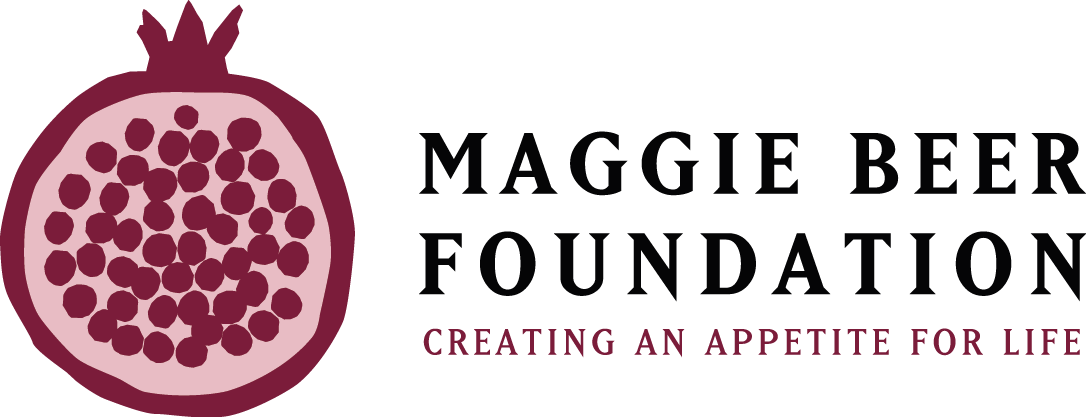‘Pulses are edible seeds that grow on a legume. Pulses and legumes are part of the pea, bean and lentil families.’, Hunker.com explains.
Including pulses in your recipes is a cost-effective way to increase dietary fibre, protein, carbohydrates (mostly low glycaemic index) as well as phytonutrients, B group vitamins and minerals such as iron, zinc, calcium and magnesium into the diet. The Grains and Legumes Nutrition Council https://www.glnc.org.au/ has a wonderful website with recipes and helpful resources.
As the cooler weather kicks in why not make a start by adding to your soups and wet dishes.
Below is a Maggie Beer Foundation fact sheet with cooking guide ‘Pulses with Maggie Beer.’
There are three basic categories of pulses: dried lentils, beans / peas, and chickpeas; there are varieties of each. They can be characterised by whole, hulled (skin off) and / or split. The seeds are removed from the pod during summer when they dry off, if they are skinned they are usually termed ‘hulled’. All are high in protein with low GI, which means sustained energy.
Chickpeas are classified by the origin of the seed: the larger Afghani kabuli (garbanzo) or the smaller, more fibrous Indian desi.
SOAKING: Most legumes need to be soaked to make them easier to digest and absorb the nutrients. **split peas and lentils don’t need to be soaked
CANNED LEGUMES: Canned legumes are a handy alternative to dried legumes. Sodium is added during the canning process to preserve the integrity and appearance of the legumes. The sodium can be lowered by almost half simply by rinsing them thoroughly.
TIP: Cook extra to what you need and freeze drained and rinsed beans in small zip lock bags to throw into a soup or casserole or as a wrap filling when you need a quick lunch or dinner.
The Maggie Beer Foundation believe the inclusion of pulses in dishes is a cost-effective way to increase protein, fibre, energy, variety and diversity to dishes. The cooked pulse is soft, which when approached appropriately makes it a perfect choice for texture modified diets.
How to cook guide
There are many varieties, below are just a few as a guide. Please use the below as a guide – fresher pulses will have a reduced cooking time.
| FOOD ITEM | DRY WEIGHT | Approx. COOKED WEIGHT | REQUIRED SOAKING TIME | STANDARD COOKING TIME |
| Brown Lentils | 100g | 140g | if desired | 15-25 minutes |
| Green Lentils (whole) | 100g | 140g | Variable- up to 12 hours | 30-45 minutes |
| Puy Lentils | 100g | 200g | Not needed | 25-35 minutes |
| Red Split lentils | 100g | 227g | Not needed | 10-20 minutes |
| Black eyed peas (beans) | 100g | 165g | Overnight | 60-90 minutes |
| Borlotti beans | 100g | 200-250g | Overnight | 60-90 minutes |
| Butter beans | 100g | 200-250g | Overnight | 60-90 minutes |
| Cannellini beans | 100g | 200-250g | Overnight | 60-90 minutes |
| Chana dal (split chick peas) | 100g | 190g | 30mins- overnight | 20-25 minutes |
| Chickpeas | 100g | 165g | Overnight | 60-120 minutes |
| Green split peas | 100g | 190g | Not needed | 45 minutes |
| Haricot beans | 100g | 250g | Overnight | 60-90 minutes |
| Kidney beans (all types) | 100g | 160g | Overnight | 60-90 minutes |
| Soya beans | 100g | 155g | Overnight | 2-3 hours |
Reference: Simon Bryant, Pulses Australia and Eat2healthblog


